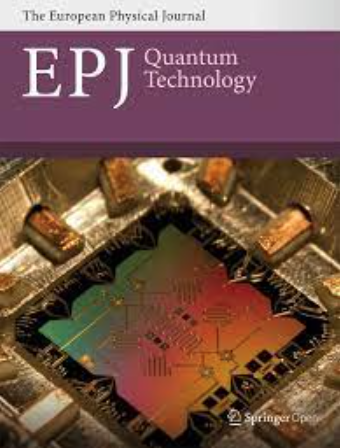10 GHz robust polarization modulation towards high-speed satellite-based quantum communication
Abstract
In practical satellite-based quantum key distribution (QKD) systems, the preparation and transmission of polarization-encoding photons suffer from complex environmental effects and high channel loss. Consequently, the hinge to enhancing the secure key rate (SKR) lies in achieving robust, low-error, and high-speed polarization modulation. Although the schemes that enable self-compensation demonstrate remarkable robustness, their modulation speed is limited to around 2 GHz to prevent the interaction between the electrical signal and the reverse optical pulses. Here, we utilize the non-reciprocity of the lithium niobate modulators and eliminate the modulation on the reverse optical pulses. This characteristic is widely available in the radio-frequency band, allowing the modulation speed to no longer be limited by the self-compensating optics and enabling further increases. The measured average intrinsic quantum bit error rate of the four polarization states at 10 GHz system repetition frequency is as low as 0.53% over 10 min without any compensation. The simulation results show that our scheme can maintain a SKR of about 5 kbps even at the extreme communication distances between the satellite and the earth. Our work can be efficiently applied in high-speed, high-loss satellite-based quantum communication scenarios.

 求助内容:
求助内容: 应助结果提醒方式:
应助结果提醒方式:


